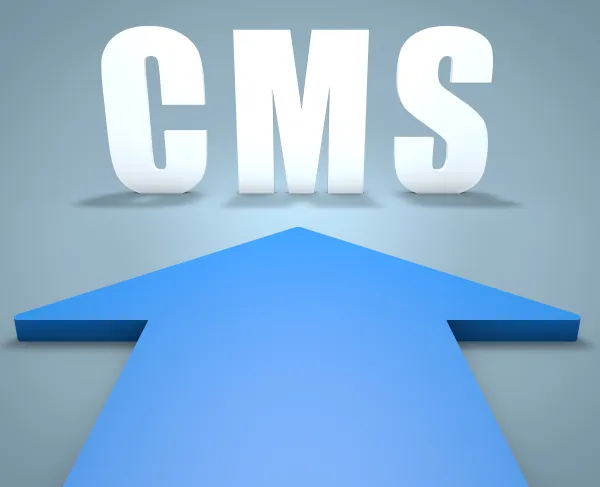
President must make declaration before you can use modifier.
While no one wants to think about disasters and catastrophes, you’ll have to be ready if you ever need to code for these services.
Reason: Your coding, and modifier usage, could change when reporting services for patients affected by the catastrophe/disaster. CMS created modifier CR (Catastrophe/disaster related) “in order to track and facilitate claims processing for disaster victims,” explains Dawn Rogers, coding specialist at Caduceus Inc. in Jersey City, N.J.
Read on for the lowdown on when, where, and why you should use modifier CR.
Note Pair of Pronouncements before Choosing CR
While you might think any service related to a disaster would qualify for modifier CR, there are some very specific parameters that must be met before using the modifier. You can only use the modifier in clearly defined catastrophe/disaster situations, confirms Mary I. Falbo, MBA, CPC, CEO of Millennium Healthcare Consulting, Inc. in Lansdale, Pa.
In disaster/catastrophe situations, Section 1135 of the Social Security Act authorizes the Secretary of the Department of Health and Human Services (HHS) to waive or modify certain Part B Medicare, Medicaid, Children’s Medicaid (CHIP), and Health Insurance Portability and Accountability Act (HIPAA) requirements. HHS allows these waivers in order to better monitor how payers process claims in these uncertain circumstances, Rogers explains.
Caveats: Before HHS can invoke the 1135 waiver, and you can use modifier CR, two events must occur:
According to Rogers, some of the most recent declarations to meet the above parameters are:
The type of disaster doesn’t really matter. While all of the above scenarios involve weather, you might also use the CR modifier “for mass shootings, bombings, explosions; anything that would meet the criteria for a Section 1135 waiver,” explains Rogers. Once the President and Secretary make the Section 1135 waiver official, you should report modifier CR along with any services for patients affected by these catastrophes, she adds.
To see the most recent Section 1135 waiver, for Hurricane Sandy, go to: https://www.cms.gov/About-CMS/Agency-Information/Emergency/Signed-Renewal-of-Determination-January-25-2013.pdf.
Check CMS Wants CR for Dual Purposes
According to Rogers, modifier CR is an informational modifier that could also affect payment.
CMS uses modifier CR to identify claims that are conditioned by a formal Section 1135 waiver, and the government uses the modifier to efficiently and effectively process claims in catastrophe/disaster situations.
Best bet: Use the modifier if you are coding for confirmed catastrophe/disaster sufferers. That way, you’ll protect yourself against any denials for non-use of CR in a catastrophe/disaster area.
Make Effort to Know Payer Notices on Disasters
When a Section 1135 waiver is official, CMS will notify payers of the event and provide them with the following information, says Falbo:
Best bet: Keep an eye out for these CMS announcements to payers, so you’re on the same page as they are when reporting modifier CR.
